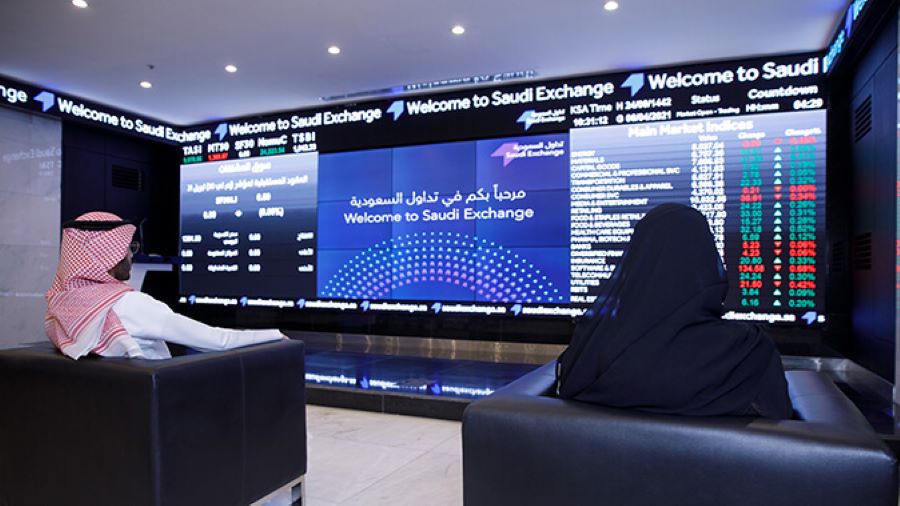
Migration in the Asia-Pacific region is diverse and enduring. It cannot be handled by one country alone. Regional cooperation is needed.
Migration in the Asia-Pacific region is diverse and enduring. It cannot be handled by one country alone. Regional cooperation is needed.
Asia and the Pacific accounts for nearly 40% of all the migrants in the world. More than 100 million from the region live outside their places of birth. Most migration is within the region itself.
Economic migration – people seeking better lives for themselves and their families by living or working in other countries – can deliver large development benefits to the home country, in the form of remittances. The destination country can also benefit from a stable supply of productive, affordable labor, which can attract foreign direct investment.
Forced migration or displacement of people as a result of climate change, natural disasters, conflict or other causes imposes significant financial loss and reductions in the quality of life. This is true at the country, community, and household level, for both migrant and host-country populations. Even economic migration carries some risk, as migrants may face contracted employment conditions and circumstances that are dangerous, abusive, and even life-threatening.
Generally, individual countries exercise their own discretion with respect to migration, deciding who enters and stays in their territory, under what conditions, and the formulation of policies and practices that oversee various aspects of non-citizen activity.
External data and other knowledge, technical advice, and specialized expertise can aid countries in formulating these policies in line with regional and global best practices, while respecting a country’s sovereign decision-making.
Countries in the region can also work together to address migration for mutual benefit. Regional cooperation allows for freer, formal flows of productive labor across borders as a mutually beneficial economic outcome. It also promotes the mutual recognition of skills across borders to enable effective business utilization of regional trade and investment agreements.
Economic migration – people seeking better lives for themselves and their families by living or working in other countries – can deliver large development benefits to the home country, in the form of remittances.
This cooperation can also mitigate human trafficking, and lessen people’s exposure to other illicit abuses and health risks moving across borders. As the region transitions from the COVID-19 emergency to a sustainable and inclusive recovery, there are a number of particular migration opportunities and challenges that would benefit from cross-border collective action.
Strengthen social protection for economic migrants and forcibly displaced persons. Migrant workers, compared to nationals, face major legal and practical obstacles in accessing social protection benefits. Governments should ensure equality of treatment or establishment of national social protection benefits for migrant workers. Also needed are streamlined procedures to acquire portability of social protection or access to new sources.
Expand mutual recognition of industry skills and professional qualifications. The preferred way to achieve that objective is through wide multilateral agreements on mutual recognition of skills/professional qualifications, and the avoidance of a complex ‘web’ of bilateral agreements.
Manage climate-induced displacement in at-risk environments. Adverse impacts of climate change have contributed to the migration of thousands of people living in at-risk environments, including small island developing states. Between 2008 and 2017, for example, 320,000 people were displaced in the Pacific region because of disasters. A better understanding of how climate change intersects with migration, at both internal and international levels, will help develop effective responses aimed at helping people remain in their places of origin, or access safe and regular migration channels.
Mitigate fragility/conflict-induced forced displacement that risks wider subregional instability. The region is experiencing conflict-induced forced displacement crises involving large-scale movement of people. Strategically planned cross-border dialogue and other collective action may help identify viable solutions for managing the flow of people across borders and finding workable arrangements that mitigate wider instability or heightened risks for migrants.
Prevent contracted labor from becoming forced labor. Policy/regulatory gaps or weak enforcement of existing worker protection frameworks in destination countries can involuntarily ‘move’ an economic migrant from a contracted labor arrangement to a forced work.
Widen and deepen the development impacts of remittances. For many countries in the region, remittances represent a cross-border financial inflow approximating or even exceeding goods export revenue, and thus provide a valuable resource for achieving development objectives. For example, remittance receipts could be used to assess a low-income household’s creditworthiness, and to promote microsavings and microinsurance, thereby enhancing financial inclusion for the poor. Improving policy and regulatory frameworks and digitalization to support reduction in the costs of transfers are both needed.
Establish a regional migrant information infrastructure. Establishing a shared regional migrant information infrastructure would allow the exchange of accurate, relevant, and timely migrant-related information that supports policy making, shares best practices among countries, and strengthens protection of migrants through formal registration.
Some regional organizations already recognize the importance of addressing migration. The 2017 ASEAN Consensus on the Protection and Promotion of the Rights of Migrant Workers and the 2020 ASEAN Comprehensive Recovery Framework state that labor migration policies that could effectively protect migrant workers during pandemics or other crises need to be pursued further.
Migration in the Asia-Pacific region is not a temporary, infrequent, or episodic phenomena requiring only crisis and well-meaning palliative responses. It is bigger than that. It is more diverse and enduring. It is not an issue that one country can handle alone. It requires regional cooperation.
This blog post is based on research conducted for the Asian Development Outlook (ADO) 2021: Financing a Green and Inclusive Recovery.











